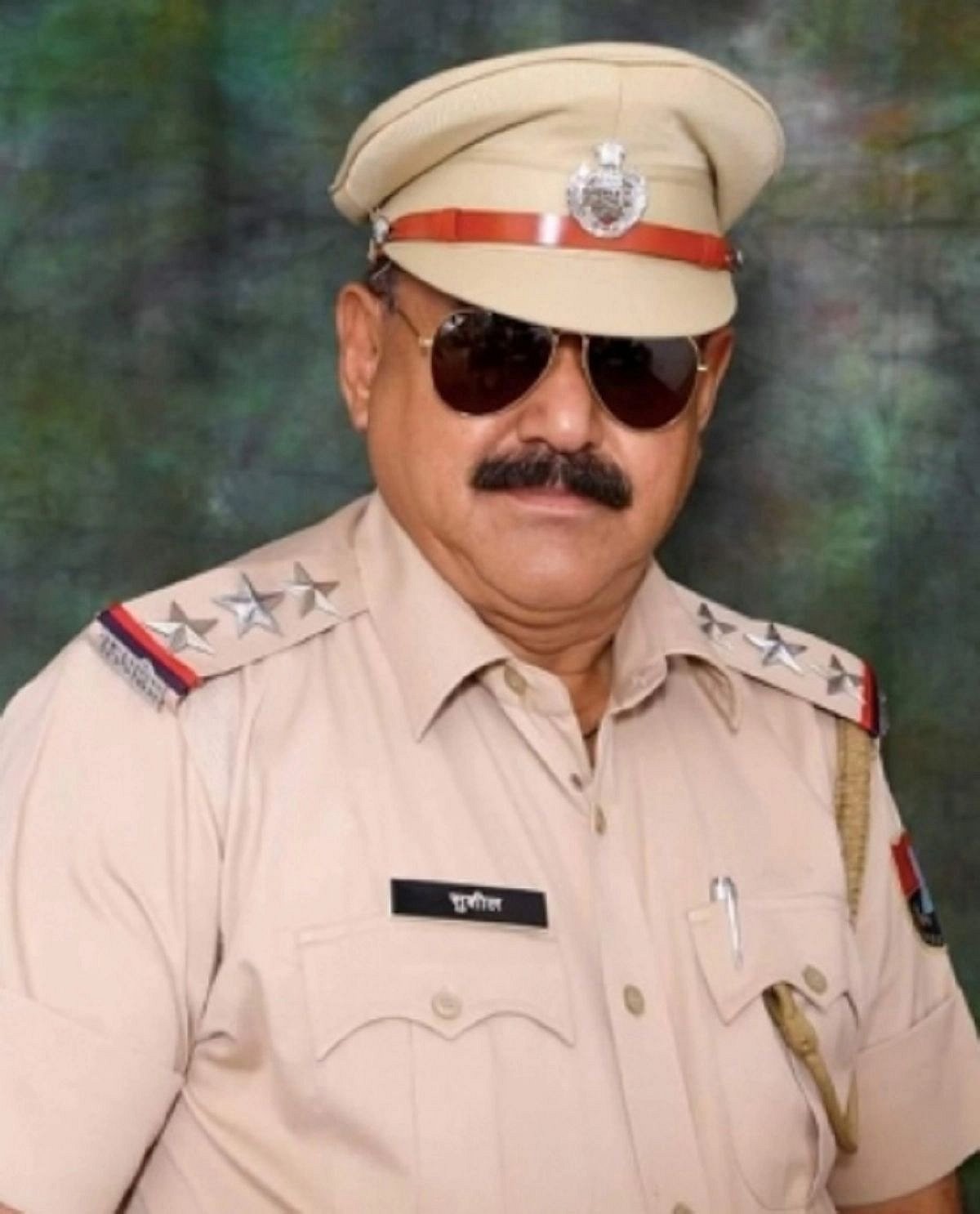First batch of 3,500-plus Amarnath pilgrims set out from Jammu base camp
In the aftermath of last year's flash floods that claimed 16 lives, security and yatri facilities have been stepped up this year

The first batch of Hindu pilgrims for the annual Amarnath Yatra from Bhagwati Nagar base camp in Jammu have set out today, June 30.
An official said a multi-tier security setup has been organised, with Lieutenant Governor Manoj Sinha was present to flag off the start of the yatra.
For the travellers, this will be the first leg of the pilgrimage to the 3,880 metre-high cave shrine to Shiva in the south Kashmir Himalayas, bringing them to the twin base camps in Kashmir — Baltal and Pahalgam.
Over 3,500 pilgrims have arrived in Jammu for this journey to Amarnath. LG Sinha flagged off this first batch of pilgrims early this morning.
On the next leg of their journey, the 62-day pilgrimage begins from Kashmir on July 1 along the twin tracks heading out from each base camp — the traditional 48 km Nunwan–Pahalgam route in Anantnag district and the 14 km shorter, but steeper, Baltal route in Ganderbal district.
A multi-tier security setup has been activated in and around the Bhagwati Nagar base camp. The convoy carrying the pilgrims will leave Jammu for Kashmir, under the guard of CRPF (Central Reserve Police Force) troops. The area is already under the oversight of the Army and police.
Keeping in mind last year's (arguably avoidable) disaster, the local administrative officials' anxiety and eagerness to prove themselves is but natural.
The flash flood that claimed at least 16 lives also cost a retired policeman his life. Sushil Khatri, 61, was travelling with his family on the pilgrimage, and he waded into rescue efforts until he was swept away himself, having saved many others from the icy waters.

So far, more than 3 lakh pilgrims have registered themselves online for the Yatra, bringing them to the icy shrine with the stalagmite shivling that is regarded as a 'living' embodiment of Shiva, seeing as it grows and changes year on year.
The sacred Amarnath cave at Baltal must be reached braving sub-zero temperatures, with a hike over glaciers and along paths overhanging gorges. In addition to support for the pilgrimage, a large number of paramilitary troops and police personnel are deployed along the route as protection against militant attacks in this area of Jammu & Kashmir since 1989.
The city administration on Thursday, 29 June, began the process for tatkal (on-the-spot) registration of the unregistered pilgrims arriving in town, said sub-divisional magistrate (SDM) Nargesh Singh. The tatkal registration centre has been set up in the Shalimar area of the city for pilgrims. A special camp especially for the registration of sadhus has been set up at the Ram temple complex in Purani Mandi.
Deputy commissioner Avny Lavasa said that registered pilgrims are being given an RFID tag at the centres, which is made mandatory along with the pilgrimage permit. “All arrangements are in place and the district administration is on its toes to welcome the pilgrims,” the commissioner said.
Sinha, who is also the chairman of the Shri Amarnath Shrine Board, formally welcomed the pilgrims who had arrived at the Jammu base camp from across the country.
Visiting the Bhagwati Nagar camp on Thursday, the lieutenant governor also took stock of the food and lodging arrangements for the pilgrims, and reviewed security arrangements, the functioning of joint control rooms, langar (community food) stalls, registration counters, power and water supply, health facilities and sanitation.
He also reviewed the facilities of transportation, deployment of health staff, fire tenders and emergency services.
Another 33 accommodation centres have been set up across Jammu. Five counters for tatkal registration for pilgrims have been established in Vaishnavi Dham, Mahajan Sabha and Panchayat Ghar and two at Geeta Bhawan and Ram Mandir for the registration of sadhus.
The yatra route and arrangements will continue to be operational and supervised for the next two months, until the end of August.
With inputs from PTI and Getty
Follow us on: Facebook, Twitter, Google News, Instagram
Join our official telegram channel (@nationalherald) and stay updated with the latest headlines
